As we are into 2025, the technological landscape is evolving faster than ever, with innovations that will transform industries, redefine customer experiences, and create new business opportunities. From AI-driven automation to sustainable computing, these advancements will significantly impact businesses worldwide. At Rasonix, we are dedicated to staying ahead of these emerging trends, ensuring that our clients can cope with the latest technologies in the software industry. This article will cover the top 10 tech trends and the technology top developments of 2025. Let’s explore the top 10 technology trends that will shape the future.
Top 10 Technology Trends 2025: Future Technologies Shaping Software Development
● Artificial Intelligence (AI) and Machine Learning (ML) Domination: 2025 Software Development Trends
● The Rise of Quantum Computing
● Web 3.0, Decentralized Technologies, and Blockchain Trends in 2025
● The Expansion of 5G and Beyond: New Technology 2025
● Cybersecurity Advancements: Zero Trust Architecture and Latest IT Trends
● Growth of Metaverse and Extended Reality (XR): Future Technology
● Edge Computing for Faster Data Processing
● Sustainable and Green Tech Innovations
● AI-Powered Software Development and Automation: Trending Technologies in Software Development
● Biometric Security and Digital Identity Verification
1. Artificial Intelligence (AI) and Machine Learning (ML) Domination: 2025 Software Development Trends

Technology trends are moving at lightning speed, and it’s changing the way businesses work every single day. Companies are no longer just keeping up, they’re finding smarter ways to get ahead. From automating repetitive tasks to predicting what customers need before they even ask, businesses are using innovative tools to work more efficiently and make better decisions. It’s not just about saving time; it’s about creating smooth experiences, improving workflows, and making life easier for both businesses and their customers. The world is evolving, and those who embrace these changes are the ones who will thrive.
AI market size is expected to reach $190.61 billion by 2025.
Global AI adoption rate increased from 37% in 2020 to 58% in 2024.
Machine Learning applications in business grew by 44% year over year.
2. The Rise of Quantum Computing

Quantum computing is making significant strides, pushing the boundaries of what’s possible in computation. Unlike traditional computers that rely on binary bits (0s and 1s), quantum computers use qubits, which can exist in multiple states simultaneously. This breakthrough allows them to process complex calculations at speeds unimaginable with today’s technology. Industries such as cybersecurity, finance, and pharmaceuticals are already exploring quantum computing to enhance data encryption, optimize investment strategies, and accelerate drug discovery. As researchers and tech giants continue to make progress, we are inching closer to a future where quantum computing reshapes problem-solving on a massive scale, making tasks that once took years solvable in mere seconds.
The quantum computing market is projected to exceed $10 billion by 2025
Investment in quantum research has surged 300% since 2020
Companies like Google and IBM are achieving quantum supremacy with exponential speed improvements.
3. Web 3.0, Decentralized Technologies, and Blockchain Trends in 2025
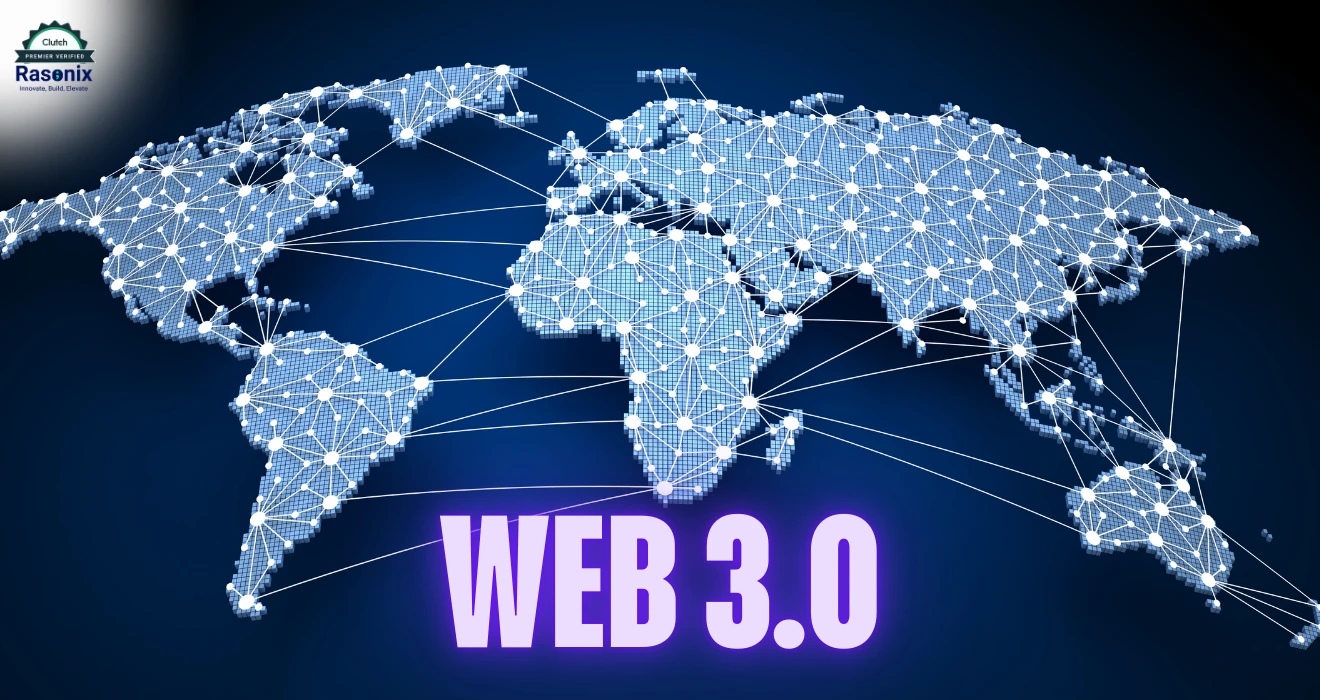
The internet is undergoing a massive transformation, moving away from centralized control toward a more open and decentralized ecosystem. Web 3.0 is at the heart of this shift, powered by blockchain technology, smart contracts, and cryptocurrencies. Unlike traditional platforms where corporations control data and transactions, Web 3.0 gives power back to users, ensuring greater privacy, security, and transparency.
With blockchain-based applications, users can own their digital assets without relying on intermediaries, while smart contracts automate transactions securely without the need for third parties. Cryptocurrencies further fuel this ecosystem, enabling easy, borderless transactions. This evolution is not just about technology, it’s about creating a more user-centric internet, where individuals have control over their data, digital identity, and financial assets like never before.
Over 500 million blockchain-based transactions occur daily
The Web 3.0 market size is expected to hit $82 billion by 2025
The number of decentralized apps (dApps) has grown by 87% since 2021
4. The Expansion of 5G and Beyond: New Technology 2025

5G technology is one of the technology trends that is rapidly expanding across the globe, revolutionizing how we connect and interact with the digital world. With ultra-fast internet speeds, minimal latency, and improved network reliability, 5G is paving the way for a more connected future technology. This advancement isn’t just about faster downloads, it’s enabling groundbreaking innovations like smooth IoT applications, smarter city infrastructure, and real-time cloud computing. Imagine a world where autonomous vehicles communicate instantly, remote surgeries become more precise, and businesses operate with unmatched efficiency. As 5G coverage continues to grow, industries and everyday users alike will experience a new level of digital transformation.
By 2025, 1.9 billion devices will be connected via 5G
5G adoption increased from 10% in 2021 to 35% in 2024
The global 5G services market is projected to reach $667 billion by 2026
5. Cybersecurity Advancements: Zero Trust Architecture and Latest IT Trends

Businesses today face an ever-growing wave of cyber threats, making traditional security measures insufficient. To stay ahead, companies are moving towards zero-trust security models, ensuring that no one whether inside or outside the network is automatically trusted. Instead, every access request is verified at multiple levels, minimizing the risk of breaches. Additionally, advanced threat detection systems are becoming a necessity, allowing businesses to identify and respond to potential risks before they escalate.
Many organizations are also turning to blockchain-based security protocols, which provide a tamper-proof way to store and share sensitive information, reducing vulnerabilities. In this rapidly evolving digital landscape, businesses are prioritizing security more than ever, knowing that a single breach can have lasting consequences.
Cybercrime costs are expected to reach $10.5 trillion annually by 2025
Adoption of Zero Trust models increased by 42% in 2023
Businesses implementing AI-driven security saw a 35% decrease in cyber incidents
6. Growth of Metaverse and Extended Reality (XR): Future Technology

The metaverse is transforming the way we connect, work, and experience the technology trends. With the rise of augmented reality (AR), virtual reality (VR), and mixed reality (MR), businesses are now creating immersive experiences that go beyond traditional screens. From virtual storefronts where customers can explore products in 3D to interactive training modules for employees, the metaverse is opening up new technologies across industries. Retailers are building digital showrooms, gaming is becoming more lifelike than ever, and companies are holding virtual offices for remote collaboration. As major brands and tech giants continue to invest in this space, the metaverse is quickly becoming a key player in shaping the future of digital interactions.
Metaverse market value is projected at $800 billion by 2025
The number of AR/VR users increased from 150 million in 2020 to 500 million in 2024.
Investments in metaverse technology rose by 220% over the past three years.
7. Edge Computing for Faster Data Processing

As the number of IoT devices continues to grow, the need for faster, more efficient data processing has become more critical than ever. Edge computing is stepping up to solve this challenge by bringing data processing closer to the source, whether it's a wearable health monitor, a smart factory sensor, or a self-driving car. Instead of relying on distant cloud servers, edge computing reduces latency, improves real-time decision-making, and enhances system reliability. This shift is particularly transforming industries like healthcare, where patient vitals can be monitored instantly; finance, where transactions are processed with minimal delay; and logistics, where real-time tracking ensures smooth supply chain operations. As businesses continue to embrace IoT, edge computing is no longer a futuristic concept, it's becoming a necessity for speed, security, and easy digital experiences.
The edge computing market is estimated to grow to $87.3 billion by 2025
Global data generated at the edge increased by 74% from 2021 to 2024
Over 50 billion IoT devices are expected to be connected by 2025
8. Sustainable and Green Tech Innovations
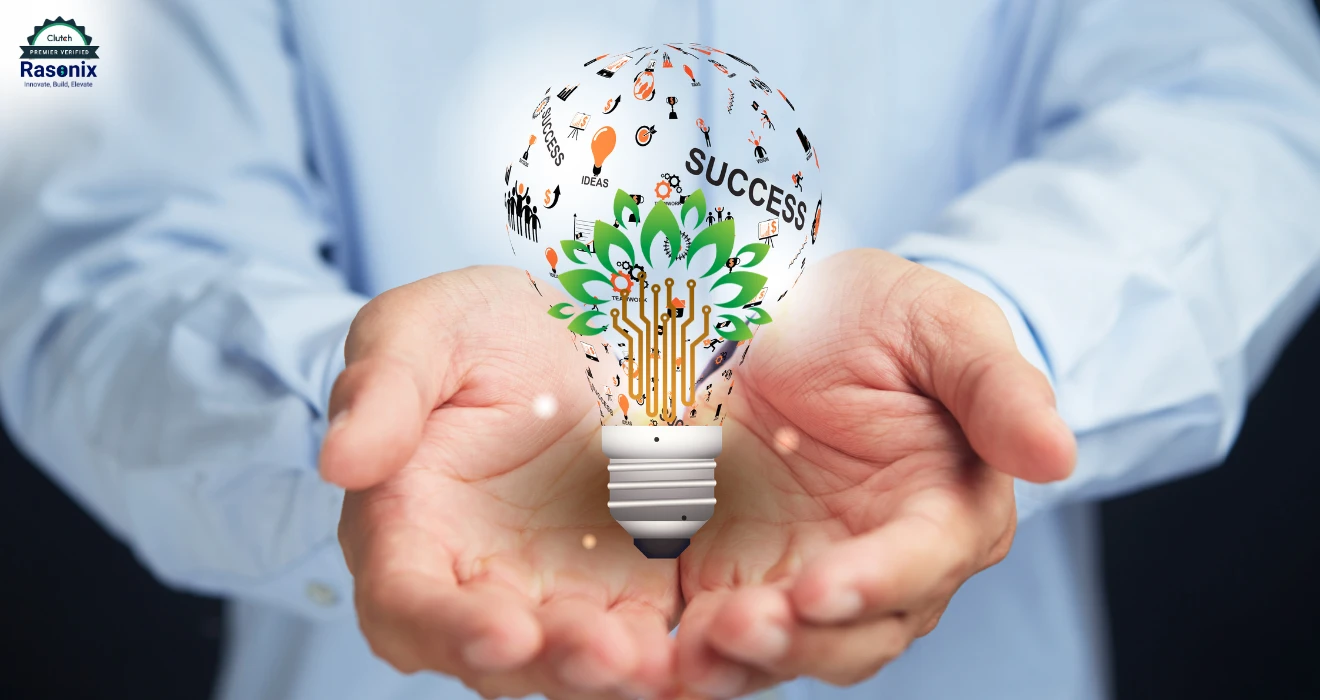
Eco-friendly technology is no longer just a trend, it’s a necessity. Businesses worldwide are shifting towards renewable energy solutions, carbon-neutral operations, and energy-efficient computing to reduce their environmental footprint. With rising concerns about climate change and increasing regulatory pressures, companies are actively investing in solar and wind energy, sustainable data centres, and green cloud computing to ensure long-term sustainability.
From tech giants committing to net-zero emissions to startups developing energy-efficient software and hardware, the industry is undergoing a massive transformation. Businesses that prioritize eco-conscious technology are not only cutting costs on energy but also appealing to environmentally aware consumers. This shift isn't just about being responsible, but staying competitive in a world where sustainability is becoming a core business value.
Global investment in green tech surpassed $400 billion in 2024
Solar and wind energy usage in IT has increased by 36% since 2022
The sustainable tech market is projected to grow at a CAGR of 20% till 2030
9. AI-Powered Software Development and Automation: Trending Technologies in Software Development

Modern technology development tools have transformed the way software is built, making coding, debugging, and deployment faster and more efficient. These tools automate repetitive tasks, detect errors early, and simplify complex workflows, allowing developers to focus on creating innovative and high-quality applications. With smarter debugging and flawless integration, software projects are now completed in less time, with fewer roadblocks and improved performance.
AI-assisted software development trends grew by 50% since 2021
The market for AI-powered dev tools is expected to reach $45 billion by 2025
Automated coding tools reduce software bugs by 30% on average
10. Biometric Security and Digital Identity Verification

With the rise of cyber threats, businesses are stepping up their security game like never before. Traditional passwords are no longer enough, and companies are turning to biometric authentication, facial recognition, and multi-factor authentication (MFA) to protect sensitive data. Biometric authentication, such as fingerprint and retina scanning, adds a unique layer of security that’s nearly impossible to replicate. Facial recognition is being widely adopted in industries like finance and healthcare, ensuring that only authorized individuals gain access to critical systems.
Meanwhile, multi-factor authentication (MFA) which requires users to verify their identity through multiple steps, like a password combined with a one-time code has become a standard security measure. As cybercriminals get smarter, businesses are proactively investing in these emerging technologies to stay ahead, safeguard customer data, and build trust in an increasingly digital world.
The biometric authentication market is projected to hit $68.6 billion by 2025
Digital identity fraud cases decreased by 25% with AI-powered verification
Over 85% of businesses are integrating biometrics into their security frameworks
These trends highlight how technology is shaping the future, and Rasonix is at the forefront of implementing these innovations into real-world applications. Whether you're looking for software development, AI integration, or secure web solutions, we help businesses stay ahead in an ever-evolving digital landscape.
How Rasonix Can Help You Stay Ahead of These Trends
(image)
At Rasonix, we don’t just follow Gartner technology trends, we hold them to help businesses grow, innovate, and stay ahead of the competition. As digital transformation accelerates, we provide the best solutions that align with the latest advancements, ensuring that your business is not just keeping up but leading the way.
1. AI-Powered Development & Automation
Artificial Intelligence is reshaping industries, and at Rasonix, we integrate AI into our solutions to help businesses automate tasks, enhance customer experiences, and make data-driven decisions. From AI-driven chatbots to smart analytics and automation tools, we build intelligent solutions that boost efficiency and reduce operational costs.
2. Web & App Development with Next-Gen Technologies
With progressive web apps, headless CMS, and cross-platform mobile development on the rise, our team of experts ensures your business gets a future-ready, high-performance digital presence. Whether it's a scalable Laravel-based platform, an easy React or Vue.js front-end, or a full-fledged SaaS application, we deliver perfect, user-centric, and fast web and mobile experiences.
3. Cloud Computing & Scalable Infrastructure
As businesses migrate to cloud platforms, we provide cloud-based solutions using AWS, Google Cloud, and DigitalOcean to ensure scalability, security, and efficiency. Whether you need a cloud-native application, microservices architecture, or DevOps implementation, our experts help you move easily into the cloud era.
4. Cybersecurity & Data Protection
With cyber threats increasing, businesses need strong security measures to protect their digital assets. We implement biometric authentication, multi-factor security layers, API security best practices, and real-time threat monitoring to keep your systems safe from cyberattacks.
5. Blockchain & Decentralized Solutions
As blockchain adoption grows, we help businesses implement secure, transparent, and efficient decentralized applications, smart contracts, and NFT marketplaces. Our blockchain development team ensures that your business supports Web3 innovations to stay ahead of the curve.
6. SEO & Digital Marketing for the Future Web
With Google’s algorithm updates and the rise of AI-driven search, traditional SEO is evolving. Our SEO experts at Rasonix use AI tools, data analytics, and voice search optimization to ensure your brand ranks higher, gets more visibility, and drives organic traffic in 2025 and beyond.
Future-Proof Your Business with Rasonix
Technology is evolving faster than ever, and businesses that adapt early will be the ones leading the future. Whether you're a startup, enterprise, or growing business, Rasonix provides customised digital solutions that align with these top technology trends.
Conclusion:
As technology is moving faster than ever, 2025 will be immensely authoritative. Just like the means of great efficiency in business with the help of AI automation or the problem-solving mysteries cast by quantum computing, the future is here now. These technological trends are the technologies of the future and will impact recent trends in technology.
Here comes the big question: are you ready for it?
The early adopters grab an advantage boat when others become unwitting victims. It's not something about what is coming, but actually using that technology to influence growth, efficiency, and customer experience.
At Rasonix, we don't just follow the technology trends; we help businesses stay ahead. Whether you need a next-level website, AI-powered tools, cloud-based solutions, or stronger cybersecurity, our team is there to deliver. We understand that no two businesses are alike. Thus, we develop customized solutions so your company can grow and scale whenever necessary in this gradually changing digital world. The future belongs to those who accept it. Hence, let's build something great together: connect with Rasonix today for the next level of your business!
Frequently Asked Questions:
What trends will shape 2025?
Technology is evolving rapidly, and some of the biggest trends in 2025 include the rise of quantum computing, the expansion of Web 3.0 and decentralized systems, the rollout of 5G and beyond, stronger cybersecurity strategies, immersive digital experiences in the metaverse, real-time edge computing, and a shift toward more sustainable and eco-friendly tech solutions.
What’s new in programming for 2025?
Software development is becoming more efficient and accessible. In 2025, expect to see an increase in cloud-native applications, more widespread use of low-code and no-code platforms, greater emphasis on cybersecurity in coding practices, and new programming frameworks built specifically for quantum computing and blockchain technology.
What does the future of technology look like?
The future of technology is centred around seamless connectivity, automation, and sustainability. We’re moving towards faster networks, smarter digital assistants, enhanced security protocols, and a more decentralized internet. Ethical tech practices and renewable energy solutions are also playing a bigger role in shaping the next generation of innovations.
What major innovations can we expect in 2025?
2025 will bring groundbreaking advancements in computing power, digital experiences, and security. Quantum computing is making strides, immersive virtual spaces are becoming more refined, and security technologies are getting stronger to protect against evolving cyber threats. Additionally, industries are adopting greener solutions to reduce their environmental impact.
How is the workplace evolving in 2025?
Work environments continue to evolve with more companies adopting hybrid and remote work models. Digital collaboration tools are becoming more advanced, cybersecurity is a bigger priority than ever, and businesses are integrating virtual workspaces and immersive technologies to improve productivity and teamwork. Employee well-being and work-life balance are also in focus, driving healthier workplace cultures.
What are the biggest trends in software development?
Software development is shifting towards more efficient, flexible, and secure approaches. In 2025, cloud-native development, microservices architecture, blockchain integration, and enhanced cybersecurity practices are gaining traction. Developers are also relying on smarter tools to streamline workflows and build more scalable applications.
What’s new in information technology?
The IT landscape is constantly advancing, with improvements in cloud computing, data security, real-time analytics, and automation. Businesses are optimizing their digital infrastructure to support growing demands while prioritizing sustainability and energy-efficient computing.
What are the latest trends in IT?
Some of the key trends in IT include stronger cybersecurity measures, edge computing for faster data processing, cloud solutions becoming more sophisticated, and businesses embracing more sustainable IT practices. There’s also a growing focus on decentralization, giving users more control over their digital presence.
What’s new in software technology?
New software technologies are enhancing efficiency, security, and scalability. In 2025, expect to see more cloud-based applications, secure decentralized platforms, better cross-platform compatibility, and software that prioritizes privacy and accessibility.
What’s considered ‘futuristic’ technology?
Futuristic technology includes groundbreaking advancements like quantum computing, next-generation robotics, space exploration innovations, and eco-friendly energy solutions. These developments are pushing the boundaries of what’s possible, shaping the way we live and interact with the world.
What does the future hold for technology?
Technology is becoming more integrated into our daily lives, making things faster, more efficient, and increasingly automated. Future innovations will focus on improving security, enhancing user experiences, and developing sustainable, long-lasting solutions that benefit both businesses and individuals.
What are some recent developments in tech?
Some of the latest advancements include more efficient cloud computing solutions, faster wireless connectivity, enhanced security measures to counter cyber threats, and growing efforts to make technology more environmentally friendly.
What’s trending in IT right now?
IT trends are shifting towards smarter automation, more secure digital infrastructures, and improved user privacy protections. Organizations are also focusing on optimizing performance while reducing their environmental footprint through energy-efficient computing.

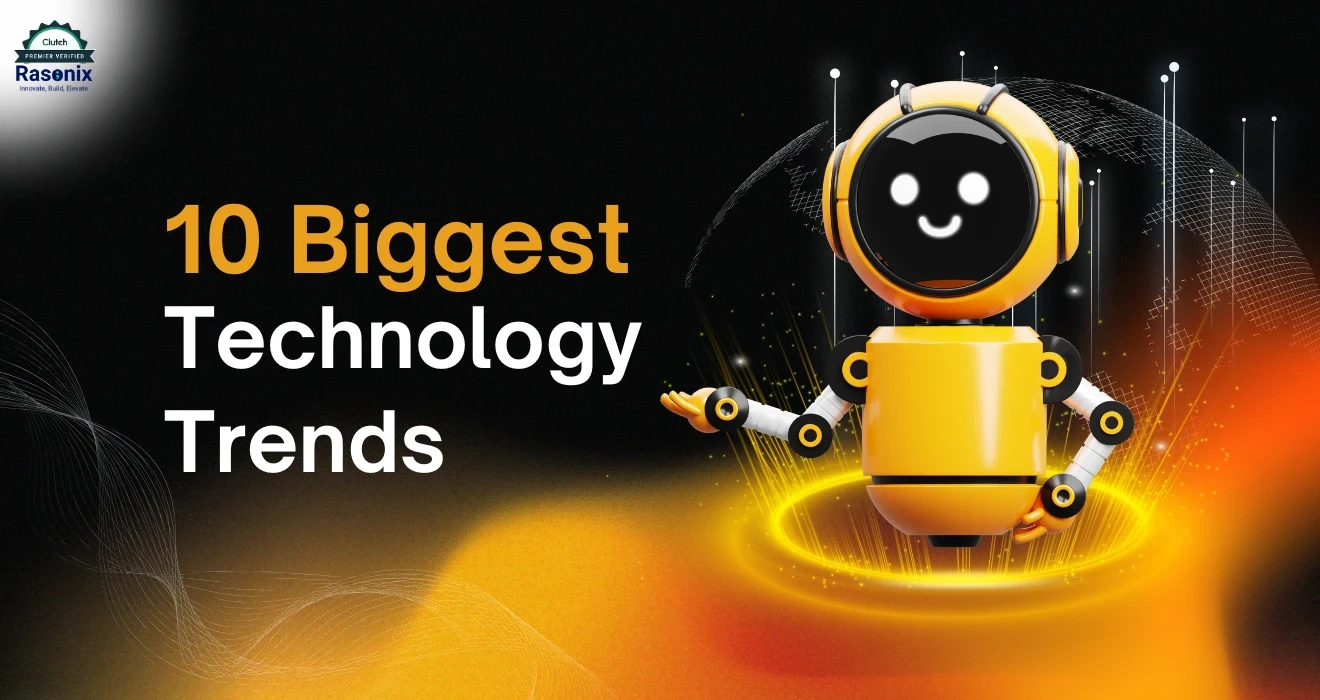











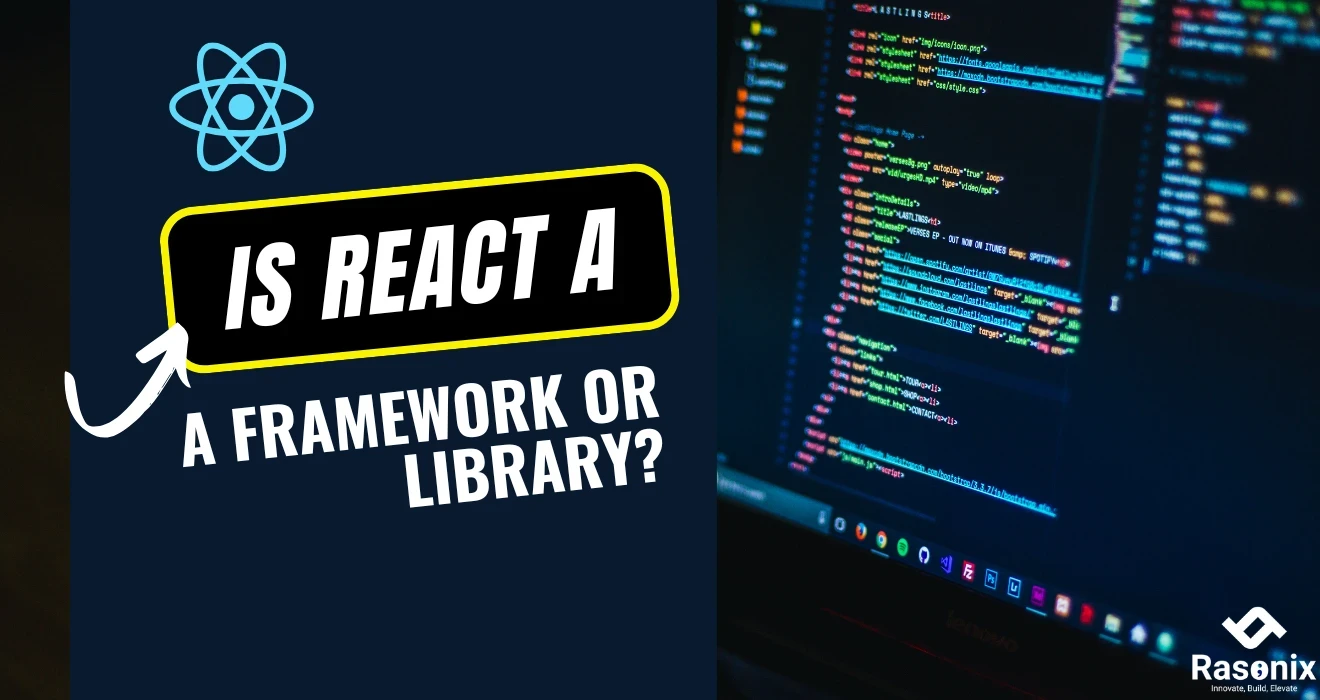
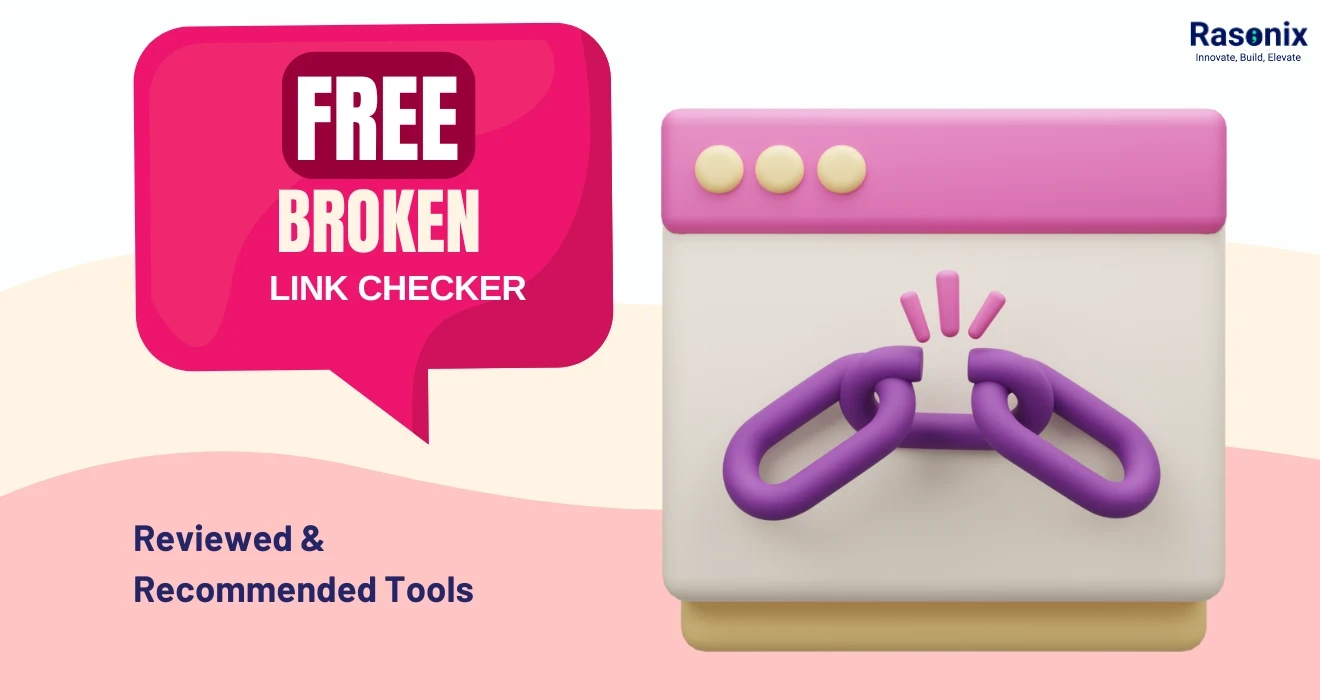













 Subscribe Now
Subscribe Now